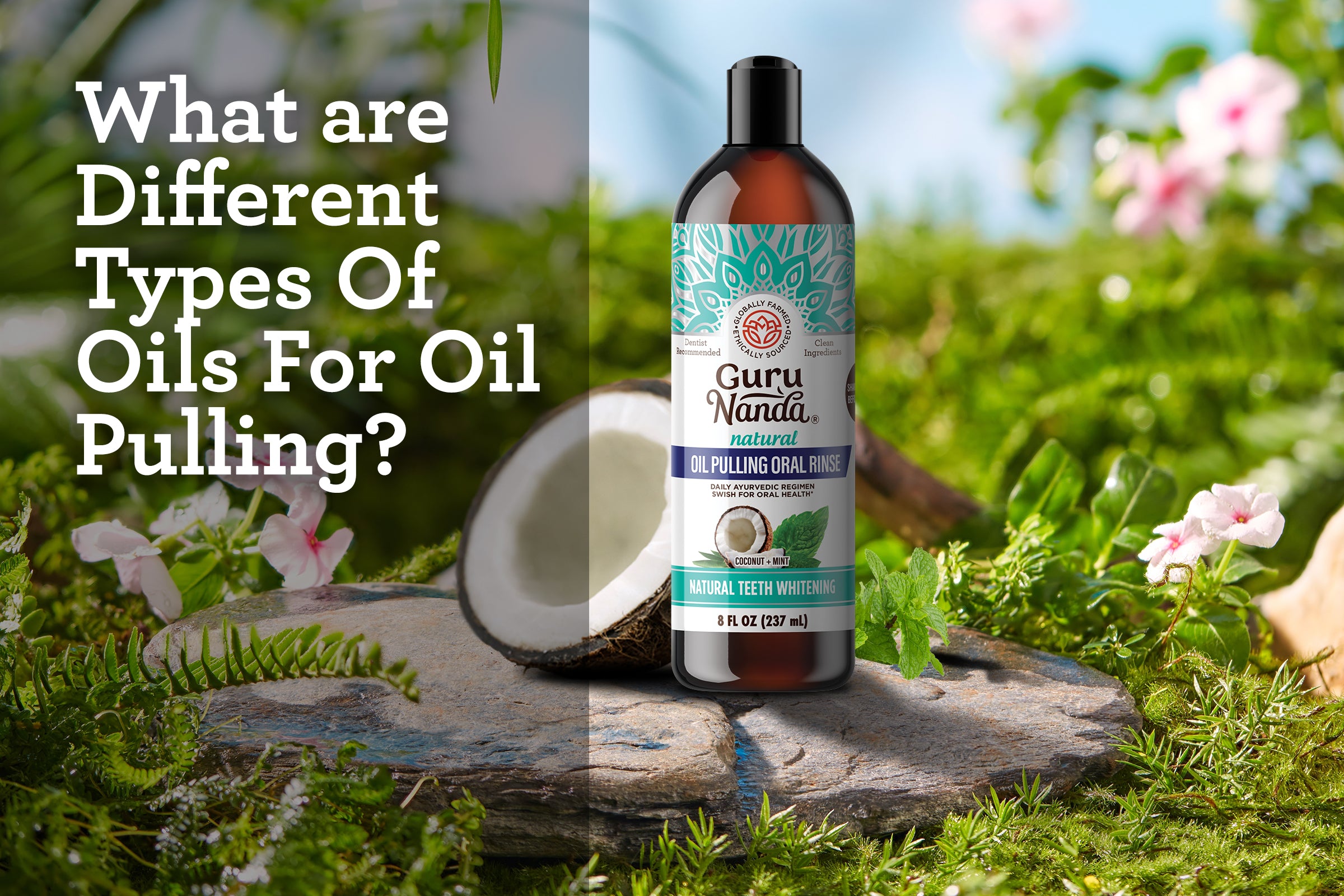El cepillado y el uso de hilo dental son dos pilares importantes del cuidado bucal. Cepillarse los dientes es esencial para mantener la salud bucal, ya que elimina la placa superficial y ayuda a prevenir las caries. Sin embargo, el uso de hilo dental es crucial para eliminar el sarro persistente y las partículas de comida que el cepillo de dientes no puede alcanzar, especialmente entre los dientes y debajo de la línea de las encías, lo que ayuda a prevenir problemas de encías.
Para quienes tienen dificultades con el hilo dental tradicional y no lo usan, los irrigadores bucales ofrecen una forma más fácil y eficiente de incorporarlo. Si bien no reemplazan el uso manual, si el uso manual les resulta difícil o incómodo, al menos usen un irrigador bucal para mantener su higiene dental. Estos dispositivos utilizan el poder del agua para limpiar entre los dientes y a lo largo de la línea de las encías, mejorando así la higiene bucal general.
Exploremos qué es un irrigador bucal, los beneficios de usarlo y, por último pero no menos importante, cómo usarlo.
¿Qué es un irrigador bucal?
Un irrigador bucal es un innovador dispositivo de higiene bucal que utiliza un chorro de agua para eliminar bacterias, residuos y placa entre los dientes, en las superficies y en las bolsas gingivales. Ideal para limpiar los espacios interdentales, combinar el uso manual del hilo dental con un irrigador bucal es más efectivo que usar solo hilo dental. Este método es especialmente beneficioso para quienes tienen coronas, brackets, puentes o implantes dentales. Esta herramienta no solo complementa el uso diario del hilo dental, mejorando su rutina de cuidado bucal, sino que también ofrece un método de limpieza más suave, fácil y eficiente, lo que la convierte en un paso crucial para mantener la salud dental.
Beneficios de usar un irrigador bucal
Los irrigadores bucales complementan el cepillado regular, ofreciendo una forma suave pero eficaz de limpiar alrededor de tratamientos dentales como coronas, aparatos dentales e implantes. Al usarlos como complemento al hilo dental o a los palillos, eliminan la placa y los residuos que el método tradicional podría pasar por alto. Por ejemplo, el hilo dental Advance Dental Flosser 2.0 con luz ultravioleta de GuruNanda satisface diversas necesidades, incluyendo encías sensibles, e incluye funciones como la doble desinfección con luz ultravioleta. Su facilidad de uso reduce el riesgo de técnicas inadecuadas de uso del hilo dental que pueden dañar el tejido gingival. Es importante destacar que los irrigadores bucales son eficaces para reducir la placa , las bacterias, la inflamación y el sangrado de las encías. Pueden llegar a las bolsas gingivales y son especialmente eficaces para limpiar los espacios difíciles de alcanzar entre los dientes, lo cual es esencial para mantener la salud periodontal. [ 1 ]
¿Cómo utilizar un irrigador bucal?
Para incorporar eficazmente un irrigador bucal a su rutina de higiene bucal, siga estos pasos:
-
Llene el depósito:
Comience llenando el depósito del hilo dental con agua tibia. Esto suele hacerse quitando la tapa o accediendo a un compartimento designado dentro del depósito de agua para llenarlo.
-
Añade enjuague bucal para una mejor acción:
Puedes considerar este paso opcional, pero agregar algún tipo de enjuague bucal, como el enjuague bucal concentrado de GuruNanda , al tanque de agua puede refrescar tu aliento y proporcionar propiedades antibacterianas.
-
Seleccione la punta adecuada:
Su irrigador bucal incluye varias boquillas, como la clásica de chorro y la de ortodoncia. Elija la que mejor se adapte a sus necesidades dentales. Por ejemplo, la clásica de chorro es ideal para uso general. Está diseñada para limpiar profundamente entre los dientes y debajo de la línea de las encías, lo que ayuda a eliminar la placa y mejora la salud de las encías. Por otro lado, la de ortodoncia está diseñada específicamente para quienes usan brackets u otros aparatos de ortodoncia. Además, esta boquilla ayuda a eliminar eficazmente la placa alrededor de brackets y alambres.
-
Coloque la punta:
Fije firmemente la punta elegida al mango. Dependiendo del modelo, podría haber un mecanismo de giro o botón para esto.
-
Posición de la punta:
Empieza por las muelas, manteniendo la punta ligeramente alejada de los dientes y las encías para evitar el contacto directo. Inclínate sobre el fregadero para evitar que salpique la encimera.
-
Encienda el hilo dental:
Use el botón de encendido o ajuste el dial para comenzar con una presión de agua baja. Aumente gradualmente hasta un nivel cómodo pero efectivo. La mayoría de los irrigadores bucales tienen ajustes como suave, normal y pulso. Para quienes los usan por primera vez, se recomienda comenzar con el ajuste suave.
-
Técnica de uso del hilo dental:
Muévase metódicamente de diente en diente, siguiendo la línea de las encías y concentrándose en la parte superior de cada diente, la base de la encía y los espacios intermedios. Cada diente debe recibir aproximadamente dos segundos de atención. Asegúrese de cubrir tanto la superficie externa como la interna de los dientes.
-
Duración:
Todo el proceso de uso del hilo dental debe tomar aproximadamente dos minutos para garantizar una limpieza completa.
-
Vaciar el depósito:
Después de usarlo, es importante vaciar el depósito de agua para evitar la proliferación de bacterias. También se recomienda limpiar el irrigador bucal con regularidad para mantener la higiene.
Conclusión
Los irrigadores bucales ofrecen una forma innovadora y eficaz de limpiar entre los dientes y debajo de la línea de las encías, aprovechando el poder del agua. Son ideales para quienes tienen trabajos dentales o buscan una solución más suave, e incorporar esta herramienta a su rutina puede mejorar significativamente su salud dental. Al eliminar primero los residuos más grandes con un hilo dental manual, el irrigador bucal puede enjuagar con mayor eficacia las partículas, bacterias y placa restantes, mejorando la limpieza general de la boca. La combinación de la acción de raspado de un hilo dental manual con la acción de enjuague de un irrigador bucal proporciona una limpieza profunda: el hilo dental manual raspa la placa, mientras que el irrigador bucal enjuaga los residuos sueltos y proporciona un efecto de hidromasaje para las encías. Si tiene problemas para usar un hilo dental manual, al menos use un irrigador bucal para mantener la higiene dental.
Preguntas frecuentes
P: ¿Pueden los irrigadores bucales reemplazar completamente al hilo dental?
R: Si bien los irrigadores bucales son muy eficaces para eliminar la placa y los residuos entre los dientes y debajo de la línea de las encías, se recomienda usarlos junto con el hilo dental tradicional o un palillo para hilo dental para una limpieza completa, especialmente para eliminar la placa adherida a la superficie dental. Sin embargo, para personas con ortodoncia, implantes u otros tipos de procedimientos dentales, los irrigadores bucales pueden ser una solución de limpieza diaria más práctica y eficaz.
P: ¿Los irrigadores bucales son seguros para las encías sensibles?
R: Sí, los irrigadores bucales son seguros para personas con encías sensibles. De hecho, pueden ser más suaves que el hilo dental, que a veces causa cortes o molestias. La presión ajustable de la mayoría de los irrigadores bucales permite encontrar una intensidad cómoda que no irrite las encías sensibles. Además, usar un irrigador bucal puede reducir la inflamación y el sangrado con el tiempo.
P: ¿Con qué frecuencia debo utilizar mi irrigador bucal?
R: Generalmente se recomienda usar un irrigador bucal al menos una vez al día como parte de la rutina de higiene bucal. Pero para obtener mejores resultados, también puede usarlo cada vez que se cepille los dientes. Su uso regular ayuda a prevenir la acumulación de placa, la enfermedad periodontal y la inflamación. Para obtener los mejores resultados, úselo después de cepillarse los dientes por la noche para asegurar que todos los restos de comida y la placa entre los dientes y a lo largo de la línea de las encías se eliminen por completo antes de acostarse.
P: ¿Pueden los niños utilizar irrigadores bucales?
R: Sí, los niños pueden usar irrigadores bucales, y a menudo les resultan más fáciles y agradables que el hilo dental tradicional. Es importante elegir un modelo con presión ajustable para una limpieza suave. Se recomienda la supervisión para garantizar un uso correcto y seguro. Es recomendable optar por un irrigador bucal infantil. Desarrollar hábitos como el uso de irrigadores bucales puede ayudar a establecer buenas rutinas de higiene bucal desde una edad temprana.
P: ¿Los irrigadores bucales erosionan los dientes?
R: No, los irrigadores bucales no erosionan los dientes. Utilizan un chorro de agua pulsante para limpiar eficazmente entre los dientes y debajo de la línea de las encías sin dañar el esmalte ni las encías, lo que los convierte en un complemento seguro para su rutina de uso del hilo dental.
P: ¿Cuáles son las desventajas de los irrigadores bucales?
R: Las desventajas de los irrigadores bucales incluyen su costo, tamaño y necesidad de electricidad o baterías. Generalmente son más caros que el hilo dental tradicional y pueden ser voluminosos, lo que los hace menos prácticos para viajar. Además, requieren acceso a la energía, lo que limita su portabilidad, y pueden ser menos ajustables para quienes los usan por primera vez. Sin embargo, el irrigador bucal Advance de GuruNanda ha sido diseñado para solucionar estos problemas, ofreciendo facilidad de uso, durabilidad y mayor portabilidad.
[1] - https://www.ncbi.nlm.nih.gov/pmc/articles/PMC10906797/#sec-aletitle






